Discover Ancient Warfare Podcast
Ancient Warfare Podcast

Ancient Warfare Podcast
Author: The History Network
Subscribed: 6,251Played: 154,285Subscribe
Share
©TheHistoryNetwork.org
Description
Discussions from Ancient Warfare Magazine. Why did early civilisations fight? Who were their Generals? What was life like for the earliest soldiers? Ancient Warfare Magazine will try and answer these questions. Warfare minus two thousand years.
377 Episodes
Reverse
A listener on YouTube asks: “How much do we really know about the Bacaudae, and how important were they in the collapse of the Western Roman Empire?” Murray takes a closer look at these enigmatic rebels of Late Antiquity. Join us on Patreon patreon.com/ancientwarfarepodcast
In this episode, Murray Dahm revisits Alexander’s encounter with scythed chariots and unpacks some of the practical and tactical issues surrounding their historical use. From wargaming figure ratios to the use of caltrops, shield-banging, and even Roman caligae, we explore how ancient armies may have neutralised these fearsome weapons. Were chariots best used against cavalry or lighter infantry? Did ancient troops rely on noise and tight formations—or did they use more direct countermeasures? And finally, a listener asks: is there any evidence that chariot drivers dismounted before impact—or is that a modern myth? Join us on Patreon patreon.com/ancientwarfarepodcast
In this episode of Ancient Warfare Answers, Murray Dahm explores the link between the Korybantic and Kouretic dances and the ancient warrior tradition. Unlike the more familiar Pyrrhic dance—used as military training—these ritual performances were deeply spiritual, involving ecstatic movement, clashing weapons, and the warding of evil. But could such rituals have shaped not just warrior identity, but also the tools of war themselves? Murray considers how spiritual beliefs may have influenced the way ancient cultures approached weapons, armour, and even materials like bronze and iron. Join us on Patreon patreon.com/ancientwarfarepodcast
In this episode, we explore the ultimate “time travel” question: if you could witness any battle in history, which one would you choose? We focus on a handful of iconic clashes, including Pharsalus, where Pompey surrendered unexpectedly, and Actium, exploring the real plan behind Antinous’ manoeuvres. We also dive into the Teutoburg Forest, one of Rome’s most devastating defeats, and consider what makes a battle truly unforgettable. Join us on Patreon patreon.com/ancientwarfarepodcast
In this episode of the Ancient Warfare Podcast, Murray tackles a question from Jörn: How different are an ancient Greek city-state’s hoplite phalanx and a Germanic shield wall? While separated by centuries and culture, both formations relied on close-order infantry and cohesion. Murray explores their tactical similarities and differences, the contexts in which they developed, and what each reveals about the societies that used them. Join us on Patreon patreon.com/ancientwarfarepodcast
In this episode of the Ancient Warfare Podcast, Murray answers a question from Marc about the actual size of ancient military units. Modern sources often quote full-strength numbers for legions and cohorts, but were ancient armies ever truly at full capacity? Drawing on evidence such as the Vindolanda tablets, Murray discusses how understrength units may have been the norm, and whether modern historians should reconsider the numbers they often cite. Join us on Patreon patreon.com/ancientwarfarepodcast
In this episode of the Ancient Warfare Podcast, Murray answers a listener’s question about games of chance in the ancient world. Did soldiers pass the time with dice games or gambling, much like those in more recent conflicts? Drawing on historical sources and archaeological finds, Murray explores what kinds of games ancient soldiers played, how widespread gambling may have been, and what these pastimes reveal about life in the ranks during times of war and peace. Join us on Patreon patreon.com/ancientwarfarepodcast
'With the emergence of the first city-states came the first cases of organised warfare and campaigns of conquest, as well as developments in arms and armour.' In this episode, the team discusses issue 103, Battles of the Bronze Age: Unravelling the Origins of Warfare. Join us on Patreon patreon.com/ancientwarfarepodcast
In this episode of the Ancient Warfare Podcast, Murray answers a question from @tadejtomic1943: Why and when did the distinctions between Hastati, Principes, and Triarii disappear from the Roman Republican army? He explores the evolution of Roman military organisation, the reasons behind the shift away from this tripartite structure, and what replaced it as Rome’s army adapted to new challenges. Join us on Patreon patreon.com/ancientwarfarepodcast
In this episode of the Ancient Warfare Podcast, Murray answers a question inspired by Finis Britanniae: Were Roman military commands permanent structures, or more ad hoc arrangements that changed with the situation? Drawing comparisons to modern military organisation, Murray examines what the ancient sources tell us about how Roman armies were structured and led in times of shifting security demands. Join us on Patreon patreon.com/ancientwarfarepodcast
In this episode of the Ancient Warfare Podcast, Murray tackles a listener question from @tadejtomic1943: When did the classical Greek hoplite cease to exist? Drawing on historical sources and archaeological evidence, Murray explores how and when the iconic heavily armed infantryman faded from use—and what replaced him in the evolving landscape of ancient warfare. Join us on Patreon patreon.com/ancientwarfarepodcast
We're between issues of Ancient Warfare magazine, so in this episode the team takes the opportunity to discuss some of the major controversies in Roman warfare. Join us on Patreon patreon.com/ancientwarfarepodcast
In this episode, Murray tackles a thoughtful listener question: were heavy, armoured troops consistently more effective than missile-armed light troops? Our listener reflects that European armies rarely seem to have been decimated by light forces—Carrhae being a rare exception—and wonders whether this is an accurate memory. Why did Persians, for instance, favour missile troops, and why didn’t this overwhelm Macedonian forces despite showers of arrows, slings, and javelins? Join us on Patron patreon.com/ancientwarfarepodcast
In this episode, Murray takes on a question that's been asked before — but this time, he's invited to share his personal opinion: "OK... so it's been asked before in a general sense and the official answer is... we don't know! But Murray... in your own opinion, what's your best guess as to why slingers go away? Please speculate!" Join us on Patron patreon.com/ancientwarfarepodcast
In this episode, Murray addresses a fascinating and complex listener question concerning the famous scythed chariots used at the Battle of Gaugamela: "Dear Murray, I have a question on the scythed chariots at Gaugamela. I developed and played a wargame scenario on it, and these things have become a true enigma. The problem is the number of chariots, the frontage they could cover in relation to the phalanx, and how agile the phalanx would need to be to let them through harmlessly..." Join us on Patron patreon.com/ancientwarfarepodcast
"From the simple cap to the most intricately-wrought and elaborately-decorated royal example, the humble helmet could do much more than just protect its bearer’s head." For this episode of the Ancient Warfare Magazine podcast, the team discusses helmets in the Ancient World, issue 102 of the magazine. Join us on Patron patreon.com/ancientwarfarepodcast
In this episode, Murray tackles a listener question sent in by postcard from Damien in Tasmania: "Hi Murray, I love the magazine and the podcasts. My question is: Is there any evidence for a standard padded garment, worn under armour, in non-Roman armies (the equivalent of a subarmalis)? Or may it be assumed to be an individual choice? Cheers, Damien." Murray explores the evidence—or lack of it—for padded under-armour garments across various ancient armies outside of the Roman world. Join us on Patron patreon.com/ancientwarfarepodcast
In this episode, Murray Dahm tackles a listener question about the best translators for classical texts like Herodotus’s Histories. Are modern versions better? What’s the deal with Penguin’s Aubrey de Sélincourt vs. Tom Holland’s more recent take? Join us on Patron patreon.com/ancientwarfarepodcast
Matt from North Carolina writes 'Can you explain and describe what an oblique phalanx is and how it was used in war by Alexander the Great?' Join us on Patron patreon.com/ancientwarfarepodcast
Ralph Kirby challenges Murray with an intriguing question: could the Polybolas be considered the least influential weapon on the ancient battlefield? Used by both the Successor Macedonian states and Rome, Kirby argues that the Polybolas might have even replaced the Scorpio as a legionary siege weapon. Join us on Patron patreon.com/ancientwarfarepodcast


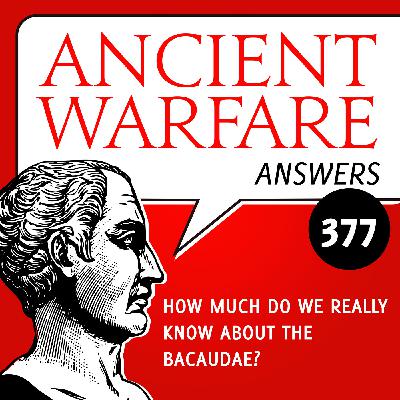
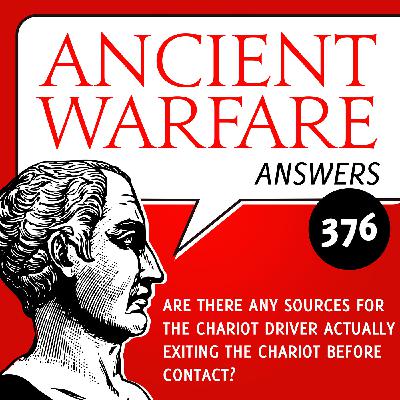
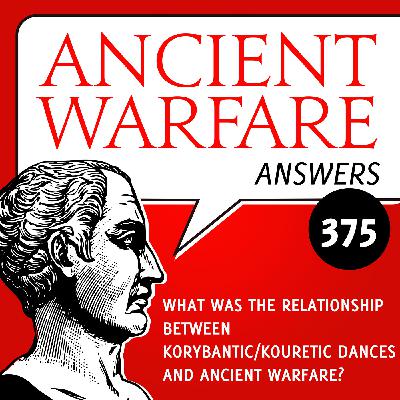
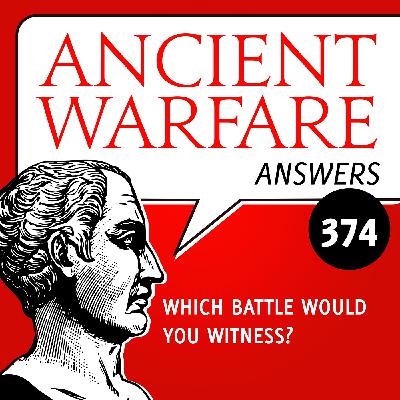
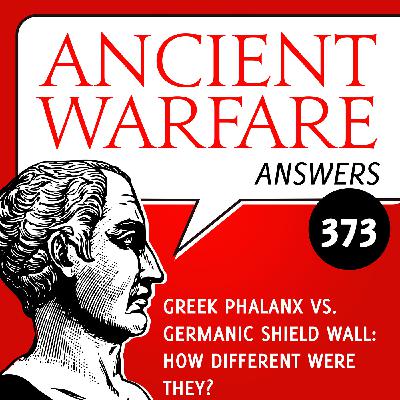
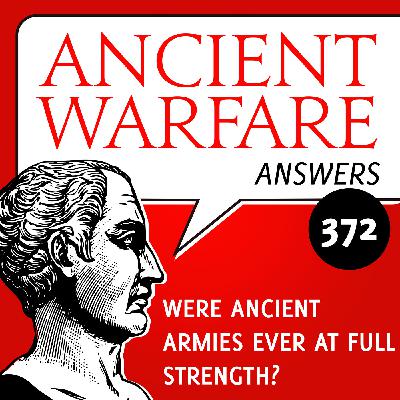
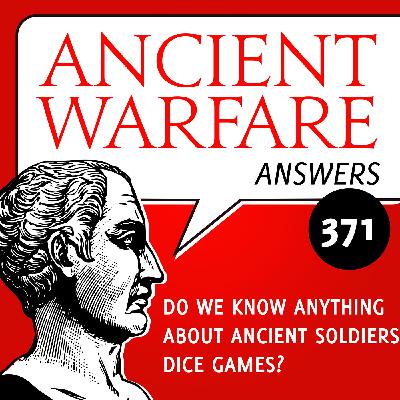
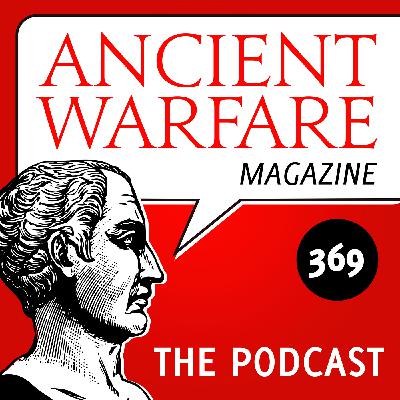
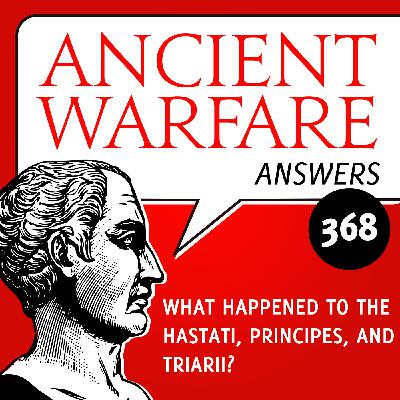
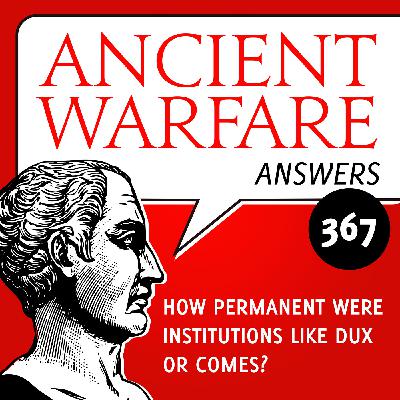
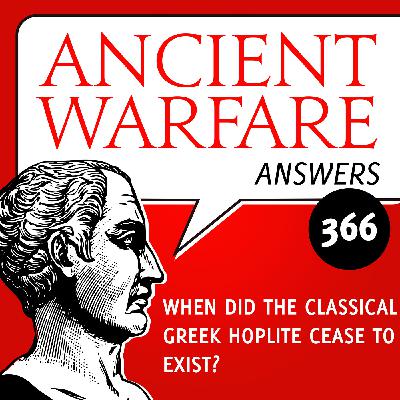
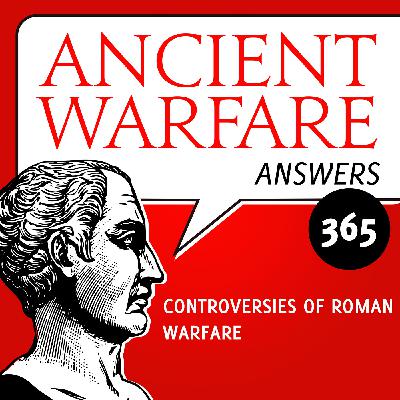
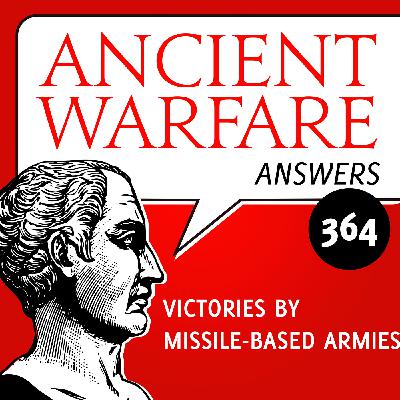
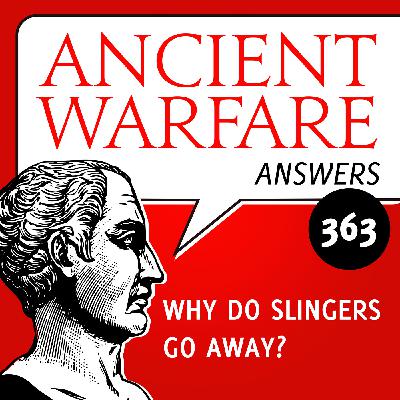
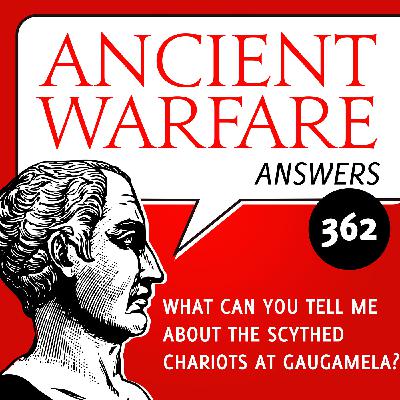
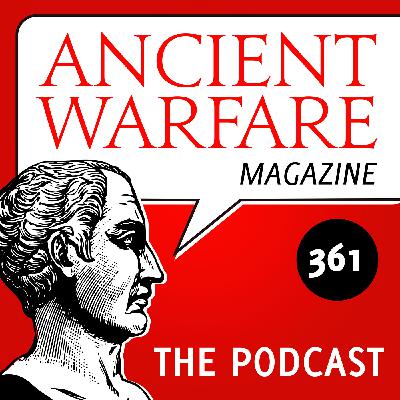
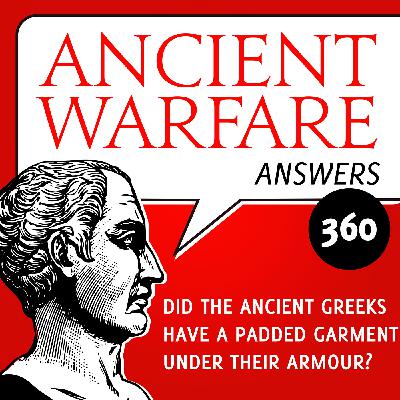
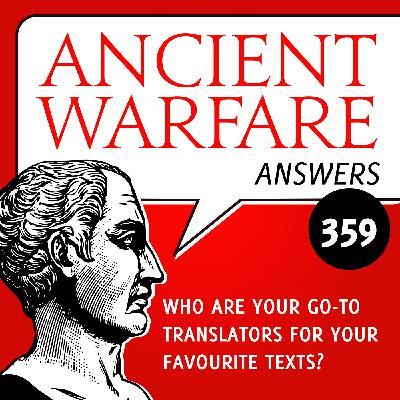
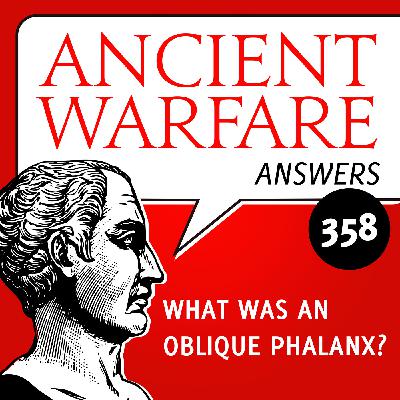
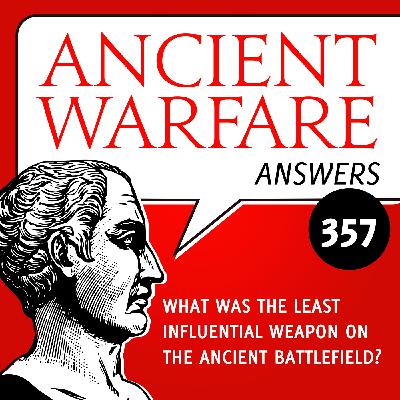



Titus, siege and destruction of Jerusalem, what happened to the Ark?
one pimply kid with his finger hovered over a little red button.
As good as podcasting gets in my opinion. The enthusiasm for the topic from the presenters is infectious. Always worth yoyr time.
great
Love the Falco series!
I hope someone gave that guy a better microphone in the newer episodes. it was hard to understand what he said.
Thanks again for all the wealth of good information. What a great collection of episodes and do love the LONG one's. (^^,)
Fascinating
'hu6zbööööya
.......z wwsq
the P in Ptolemy is silent btw.